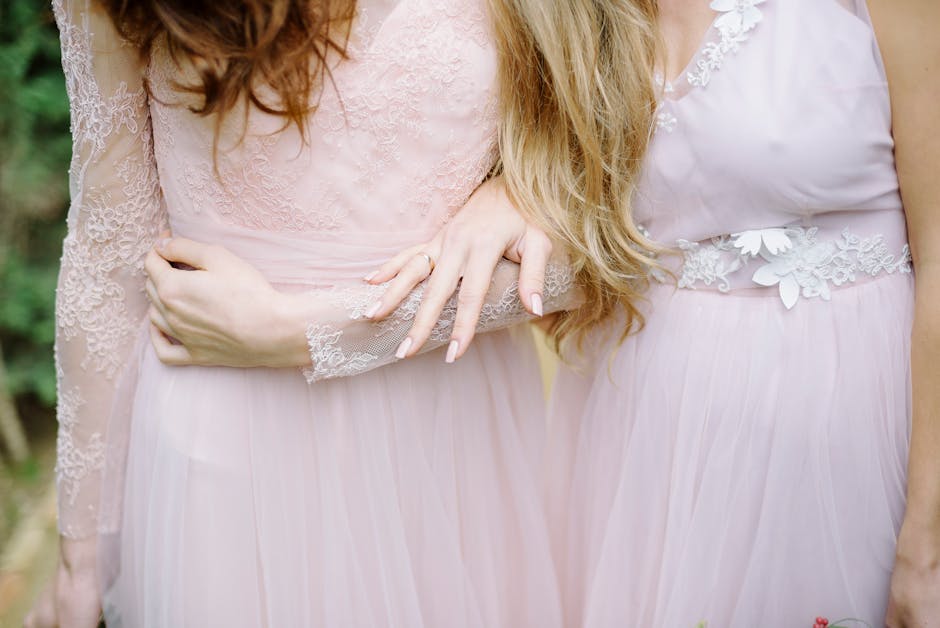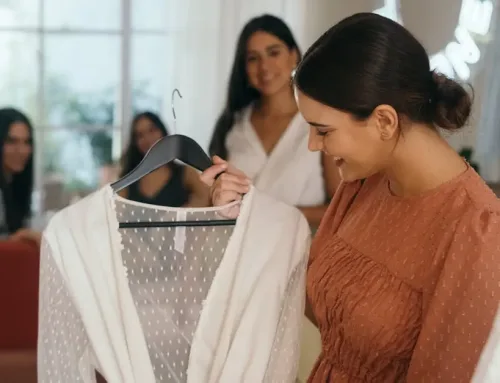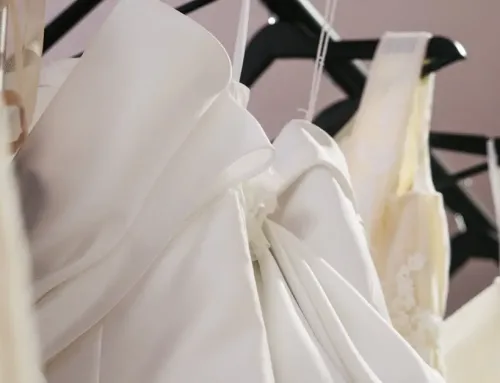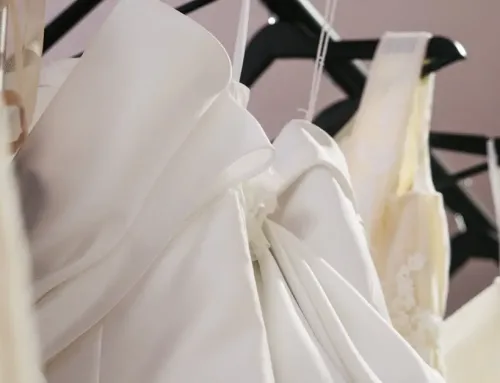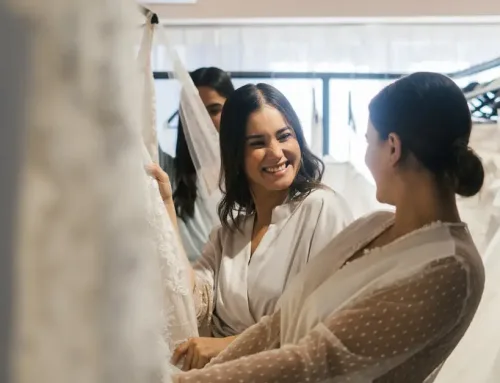Historical overview of bridal gowns
Throughout history, bridal gowns have evolved in style and design. From ancient times to modern days, bridal gowns have reflected the fashion trends of the era. Ancient civilizations often used vibrant colors and intricate designs for their wedding attire. In the Middle Ages, brides wore gowns that symbolized their social status and wealth. Victorian era gowns were known for their elaborate details and corseted bodices. 20th-century gowns varied from flapper-style dresses in the 1920s to princess-like ball gowns in the 1950s. Today, bridal gowns come in a wide array of styles, from traditional to contemporary, catering to the diverse tastes of modern brides.
Traditional elements in antique bridal dresses
Antique bridal dresses often feature traditional elements that have stood the test of time. Some of these elements include lace, embroidery, pearl accents, long trains, and puff sleeves. These details add a touch of elegance and timelessness to the gown, creating a classic look that transcends trends. Vintage bridal dresses often prioritize intricate craftsmanship and delicate details, showcasing the artistry of the era they were created in.
Bridal fashion trends in the 1900s
In the 1900s, bridal fashion experienced significant changes. Here are some key trends from that era:
- Victorian Influence: Bridal gowns in the early 1900s were influenced by the Victorian era, characterized by high necklines, long sleeves, and intricate lace details.
- Edwardian Elegance: As the century progressed, bridal gowns transitioned to a more relaxed silhouette with empire waists, flowing fabrics, and delicate embroidery.
- The Rise of the Flapper Bride: In the 1920s, brides embraced the flapper style with dropped waists, shorter hemlines, and art deco embellishments.
- The Return to Elegance: By the end of the 1900s, bridal fashion shifted back to a more romantic and feminine look with princess ball gowns and intricate beading.
These trends showcase the evolution of bridal fashion throughout the 1900s, reflecting the changing aesthetics and societal influences of each decade.
Iconic bridal gowns from the golden era
During the golden era, bridal gowns were embellished with intricate lace, flowing silhouettes, and delicate embroidery. Grace Kelly’s iconic wedding dress, worn in 1956, epitomized elegance with its high neckline and long sleeves. Queen Victoria’s white gown, back in 1840, set the trend for wearing white on your big day. These timeless bridal gowns from the past continue to inspire modern designs, highlighting the enduring appeal of classic bridal fashion.
Modern interpretations of timeless bridal wear
Modern interpretations of timeless bridal wear bring classic elements into contemporary designs. Designers often blend traditional features such as lace detailing and elegant silhouettes with modern trends like minimalist cuts and unconventional fabrics. These interpretations aim to cater to brides looking for a blend of tradition and current fashion aesthetics, offering a unique twist on classic bridal gowns that stand out in today’s wedding fashion scene.
Materials and fabrics in timeless bridal gowns
Silk, satin, and lace are common materials used in timeless bridal gowns. These fabrics create an elegant and classic look that has stood the test of time. Tulle is also a popular choice for adding volume and creating a fairytale-like silhouette. Some modern gowns may incorporate organza or chiffon for a lighter, ethereal feel. Each fabric brings its own unique texture and drape to the gown, enhancing the bride’s beauty on her special day.
Influence of cultural diversity on bridal fashion
Different cultures around the world influence bridal fashion, creating a rich tapestry of styles and traditions. Incorporating elements from diverse cultures, modern bridal gowns showcase a blend of traditional and contemporary designs. From the intricate beadwork of Indian saris to the flowing silhouettes of Greek wedding gowns, cultural diversity plays a significant role in shaping the ever-evolving world of bridal fashion.
Accessories and embellishments in bridal attire
Bridal attire has evolved over time, with accessories and embellishments playing a significant role in enhancing the overall look. From delicate lace veils to intricate beadwork, these additions can elevate a bride’s outfit to a whole new level. Some common accessories and embellishments found in bridal attire include pearl earrings, sparkling tiaras, vintage brooches, and embroidered sashes. These elements not only add a touch of elegance but also reflect the bride’s personal style and the fashion trends of the era.
Eco-friendly approaches in contemporary bridal wear
Sustainable fashion is gaining momentum in the wedding industry too. Designers now use eco-friendly materials like organic cotton, hemp, and recycled fabrics to create contemporary bridal gowns that are kinder to the environment. Some are even exploring innovative techniques like upcycling vintage fabrics or designing dresses with detachable elements for reusability. This shift towards eco-conscious bridal wear reflects a growing awareness of environmental issues among couples tying the knot.
Evolution of bridal gown designs for the future
Designers are now exploring innovative materials and sustainable practices to create bridal gowns that are not only beautiful but also environmentally friendly. Future bridal gowns may feature versatile designs that can be worn in different ways, allowing the bride to express her individual style. Colorful accents, unique textures, and modern silhouettes are expected to make a statement in the future of bridal fashion.


